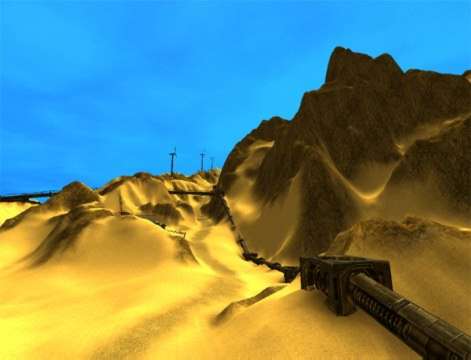
But while the dynamic paint image is black i.e. So… your text image has white text where the text should be. Most importantly, a black pixel * a white pixel = a black pixel (anything multiplied by zero i.e. A white pixel * a white pixel = a white pixel. Think of it like this: a black pixel in the text image multiplied by a black pixel in the dynamic paint image = a black pixel. Text and dynamic paint textures are multiplied together. black and white image that is used for dynamic paint.I’ve forgone the whole ‘alpha channel mapping’ stuff. OK my Blender Internal node-fu isn’t great but it might give you some ideas: Off topic question: Do you have your noodle setup’s in groups or are the boxes around the nodes merely frames I hope I am not making things more difficult than they should be, does use black and white color images mean using two b/w images each inverted text & wall respectively so that when placed on top of each other they form an alpha mask? (i.e. I see you node setup calls for some image textures - So, am I right in assuming that I will have to use the same image texture for the wall and text? Will your “paint shader” be what the particle system Also not clear on what you mean by: “text defined by an alpha channel and that dynamic paint also paints to that alpha channel”. My issue with cycles is that I get a lot of noise on most of my renders and I have not learned the techniques for satisfactorily reducing the amount of noise. However I will research it and see what I can learn about it. Your suggestion of a “Alpha mapped transparency texture” is beyond my current functioning knowledge of blender.

I am using Blender Internal, I am not opposed to using Cycles. &bigstu80 Thank you for taking the time to look at this issue.


 0 kommentar(er)
0 kommentar(er)
